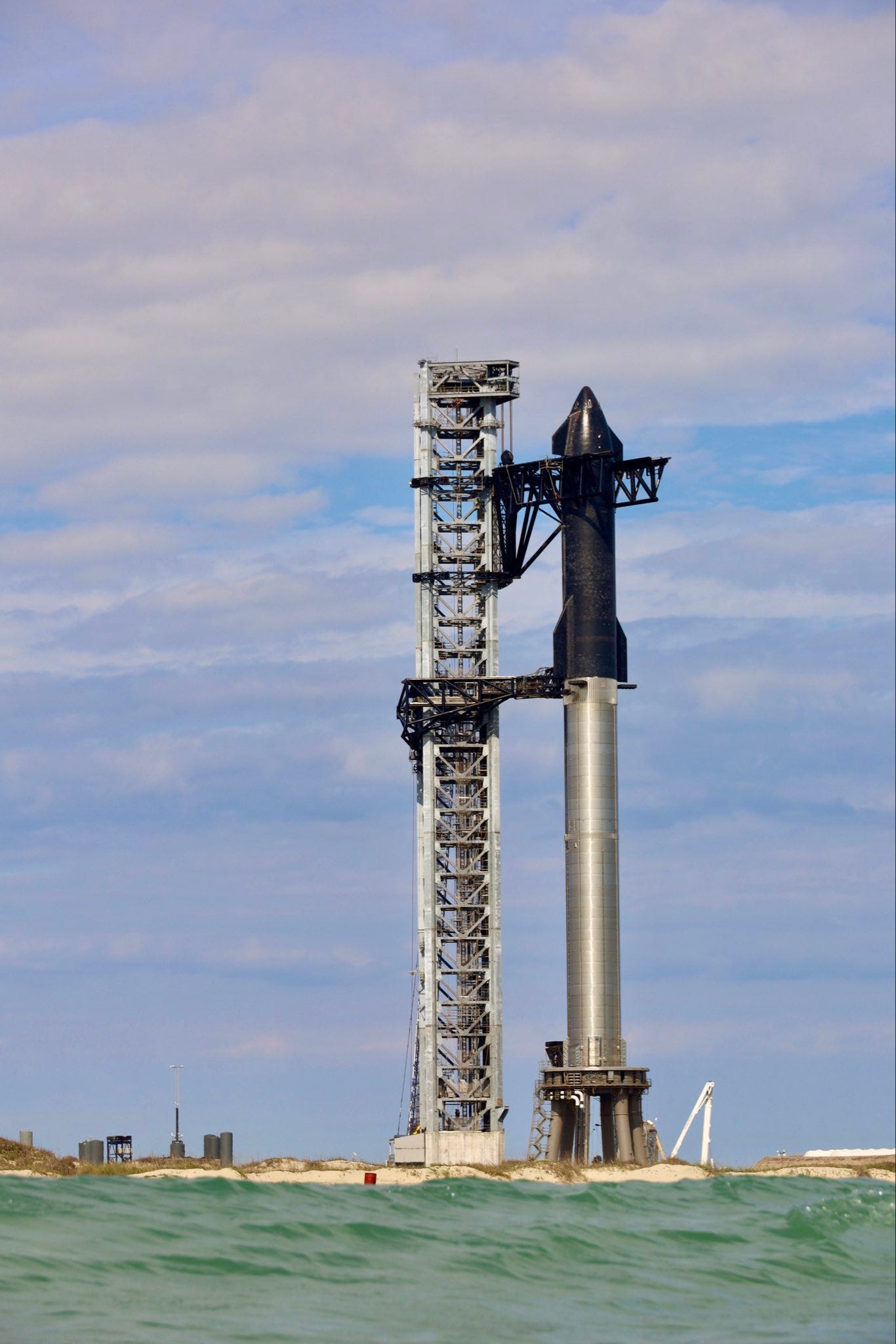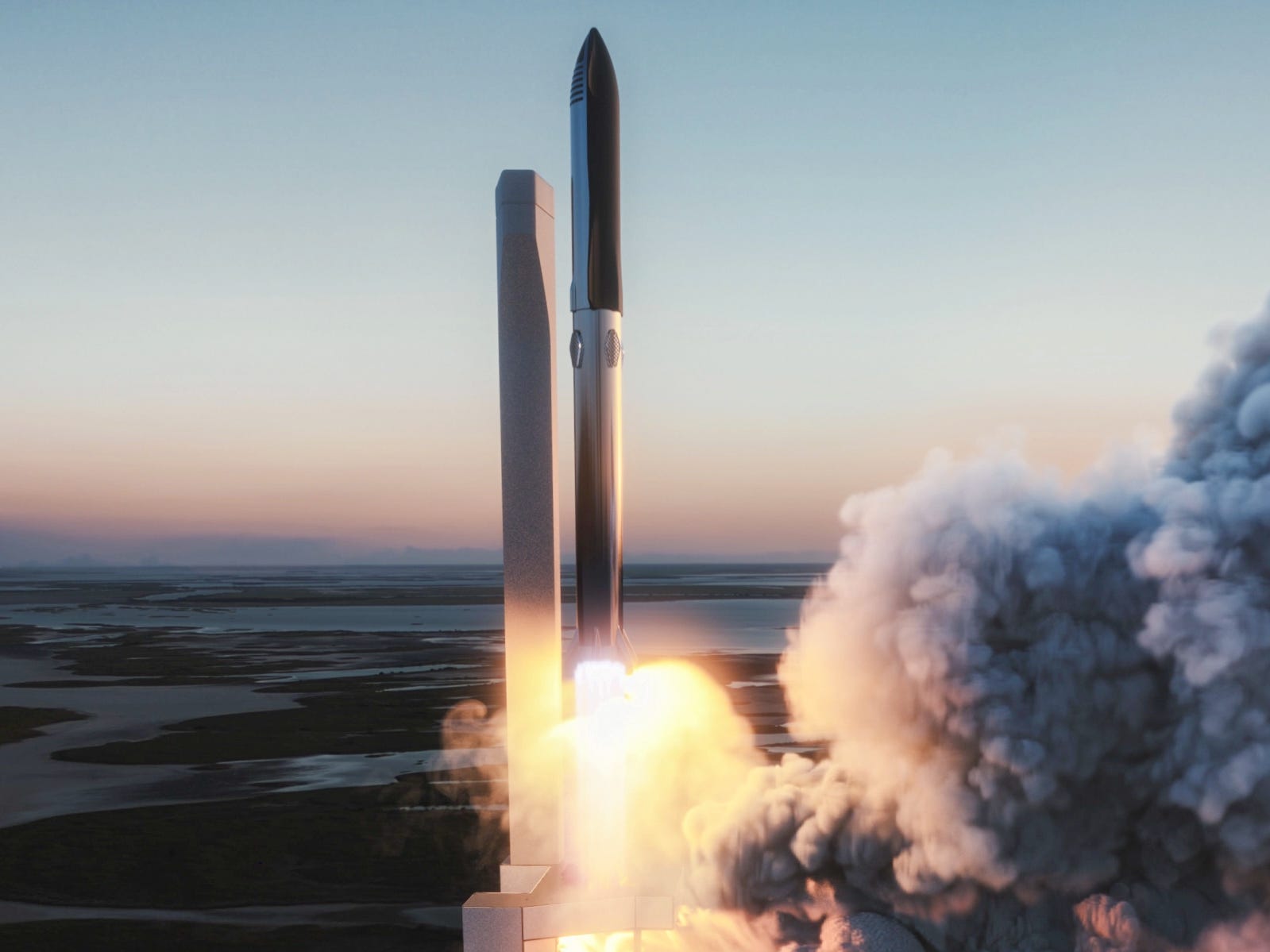
- Elon Musk is about to present an update on SpaceX's Starship rocket for the first time in three years.
- Starship is the rocket Musk is counting on to build a human settlement on Mars.
- Watch Musk make his announcement live in the video below.
Elon Musk is about to present an update on the development of SpaceX's Starship megarocket for the first time in three years.
Musk founded SpaceX in 2002 with the dream of building a human settlement on Mars, and Starship is the workhorse he plans to use to realize that goal. The 16-story rocket is designed to cart humans and cargo to and from Mars. Ultimately, Musk has said he plans to build 1,000 Starships in order to establish a self-sustaining settlement on the red planet.

Starship has more immediate prospects than Mars, though. NASA has chosen it as the landing vehicle that will drop astronauts to the lunar surface for the first time since 1972. That moon mission is set for 2025. Another billionaire, Yusaku Maezawa, has pinned his own space-travel dreams on Starship, booking it for a ride around the moon as soon as next year.
Musk is set to give his presentation at 9 p.m. ET, probably from SpaceX's rocket-development facilities in Boca Chica, Texas. There, the company has stacked a jet-black Starship atop the 23-story Super Heavy booster that's meant to someday heave it into orbit.
SpaceX will livestream the presentation in the video below.
Musk has not delivered such an update since 2019, when he presented his larger vision for the launch system and its Mars-populating mission. It's not yet clear what he will talk about Thursday night, but it's likely there will be an update on progress toward Starship's first attempt at launching into orbit.
Starship has already proven that it can fly and land in one piece. After a series of six-mile-high test flights resulted in prototypes of the rocket exploding, on May 5 a Starship finally soared into the skies, plummeted back to Earth, then refired its engines just in time to flip upright and gently lower itself to the Boca Chica landing pad.
That was just Starship, though. The rocket hasn't yet flown with its booster, which is the powerhouse designed to push Starship past Earth's atmosphere.

A full orbital test flight would involve the Super Heavy booster launching from Boca Chica and pushing Starship into orbit. After circling the planet, Starship would splash down off the coast of Hawaii 90 minutes after liftoff, according to a SpaceX FCC filing from May.
Musk has previously said he doesn't expect the first orbital launch to be successful.
However, once the system flies according to plan, both the Super Heavy booster and the Starship are meant to return to Earth in one piece, ready to fly again another day. That's the major innovation of the Starship-Super Heavy launch system: It's designed to be fully reusable.
Musk refers to full reusability as "the holy grail of rocketry," a line he repeated on Twitter last week. A fully reusable launch system could cut the cost of reaching space, allow for more frequent launches, and give SpaceX the capability to build a fleet of Mars shuttles.
"This is the critical breakthrough needed to make life multiplanetary," Musk said.

